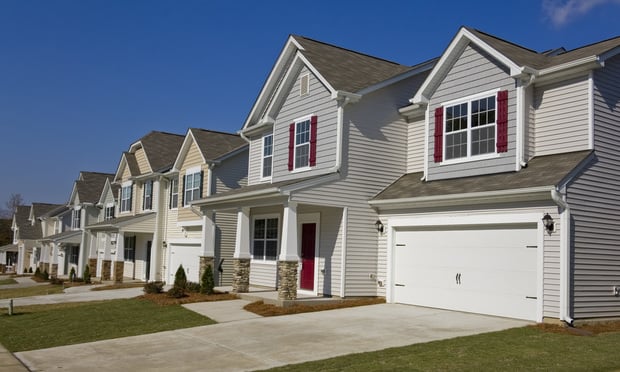Money isn't worth as much these days, but it's not getting any cheaper for businesses seeking growth. Facing 40-year-high inflation, the Federal Reserve has gone from 25- to 50- to 75-bp rate increases. Loans may no longer make sense for cash-strapped companies. That said, continued inflation could make a sale-leaseback an attractive alternative, according to Tyler Swann, managing director at W. P. Carey.
"A sale-leaseback allows you to lock in your cost of capital for a very long term," says Swann. "If you take the view that interest rates are going to continue to rise, locking in that cost of capital today could be very valuable for you."
A sale-leaseback is when a business sells its real estate for cash and leases it back on a long-term basis from the seller. Often, the buyer-landlord is a REIT or other institutional investor that is equipped to make the most out of a real-estate asset. The seller-lessee company, meanwhile, benefits by being able to invest the value of the asset into the business.
Recommended For You
Swann makes the general case for sale-leasebacks more succinctly: If you're not in the business of real estate, why be in the business of real estate?
"It is almost always the case that an owner of a business can earn more on reinvesting money in their business than they can on having that money locked up in real estate," says Swann. "It's more capital-efficient to have that building owned by investors who want to take that risk specifically."
This two-way street of capital efficiency is heightened in the inflationary context because of how a business's needs differ from those of an investor.
"Because of the Fed's aggressive stance on raising rates, short-term rates are probably going to rise pretty meaningfully in the next six to 12 months," says Swann. "But because the investments that we're making are such long-term investments, we're locking in our returns and borrowing costs for a very long period of time. So we're most focused on what long-term interest rates look like."
When considering a sale-leaseback, Swann recommends that would-be seller-lessees consider the property's capitalization rate against such factors as the proposed lease term and rental-increase schedule — as well as against the market as a whole. In an inflationary environment, this latter juxtaposition can be striking.
"If you look at the broader debt markets, particularly high-yield debt markets, they're in very bad shape right now. Interest rates for high-yield debt have skyrocketed recently," says Swann. "And that has made sale-leaseback financing, [where cap rates have] not risen nearly as much, a much more attractive option on a relative basis."
© 2025 ALM Global, LLC, All Rights Reserved. Request academic re-use from www.copyright.com. All other uses, submit a request to [email protected]. For more information visit Asset & Logo Licensing.








